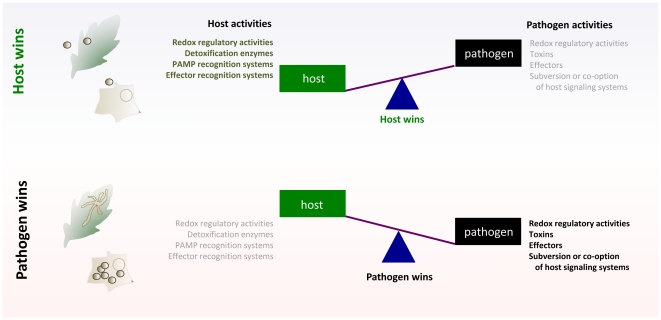Figure 1. Tipping the balance for control in host–pathogen interactions; generalized schematic.
To become established in plants or animals, fungal pathogens attempt to disrupt host cell homeostasis while avoiding and/or suppressing host recognition. The host has sophisticated surveillance systems that are poised to rapidly recognize non-self and counter disruptive attempts by pathogens. Signals activated by these surveillance systems can initiate a myriad of host defenses, including the release of reactive oxygen species and hydrolytic enzymes, which thwart the activities of fungal pathogens. The activation of host defense mechanisms also often culminates in the programmed death of host cells or tissue, which limits pathogen spread or dissemination. If attempts by the pathogen to co-opt, subvert, or avoid these host recognition and signaling mechanisms succeed, then the pathogen “wins” the battle for control of the interaction, and disease ensues. If the host wins this battle, then disease is averted.

